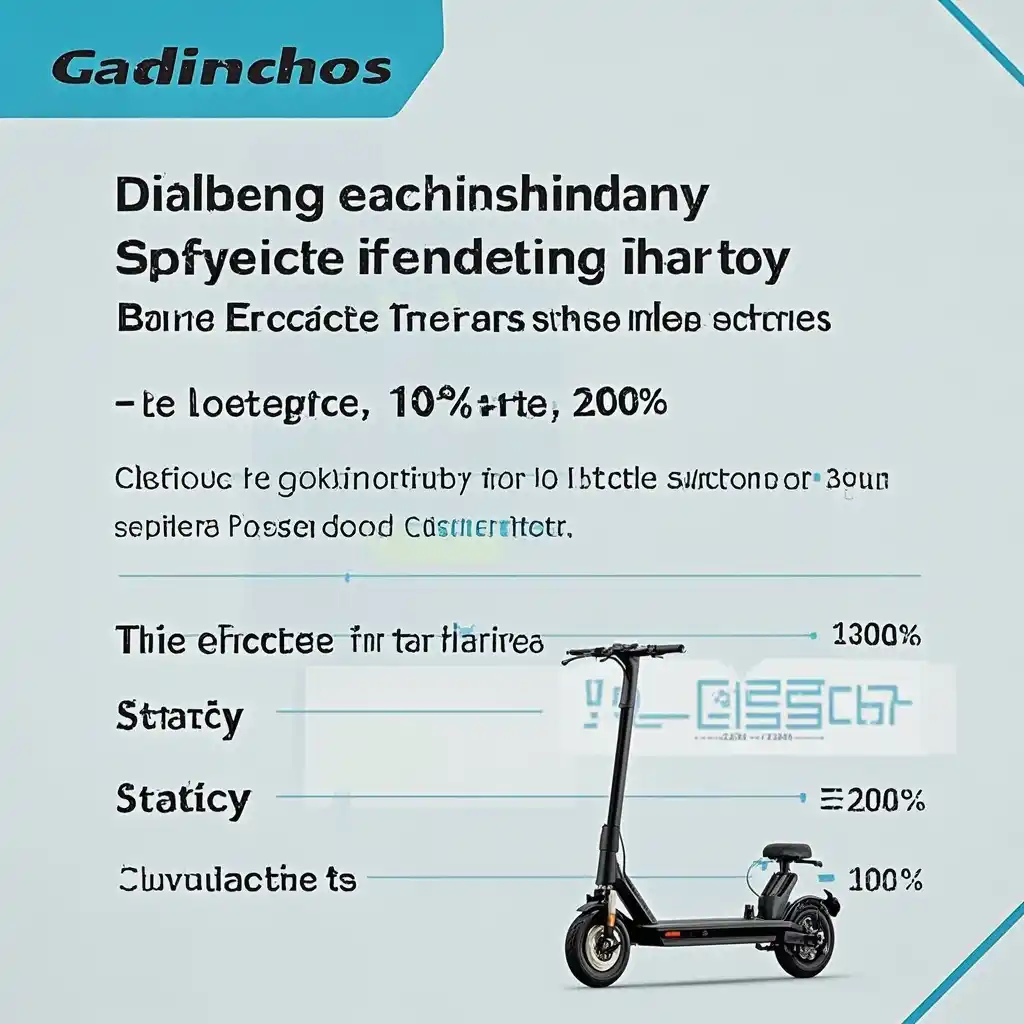Overcoming 100% Tariff Hikes on Electric Vehicles: A Guide for Cross - border E - commerce Sellers

Overcoming 100% Tariff Hikes on Electric Vehicles: A Guide for Cross - border E - commerce Sellers
1. Background
In the world of cross - border e - commerce, the situation can be highly dynamic and challenging. Recently, electric vehicles have faced a significant hurdle in the form of a 100% tariff hike in some regions. This increase in tariffs is often a result of various factors such as protecting domestic industries, trade imbalances, or political considerations.
For cross - border e - commerce sellers who deal with electric vehicles, this has been a major shock. These sellers were operating in a market that was gradually growing in terms of demand for electric vehicles globally. They had established supply chains, marketing strategies, and customer bases. However, the sudden 100% tariff hike has thrown a wrench into their operations.
2. The Impact of the Tariff Hike
The 100% tariff increase has had several negative impacts on cross - border e - commerce sellers of electric vehicles.
- **Price Competitiveness**: The most obvious impact is on the price of electric vehicles. With a 100% tariff, the cost of importing electric vehicles has doubled. This makes it extremely difficult for sellers to maintain their previous price points. For example, if an electric vehicle was previously sold for $30,000 before the tariff hike, with the additional 100% tariff, the cost would now be $60,000. This puts the product out of the price range of many potential customers, especially those in price - sensitive markets.
- **Market Share Erosion**: As a result of the price increase, sellers are likely to see a significant erosion of their market share. Customers will either look for alternative products or turn to domestic suppliers who are not affected by the tariff hike. For instance, a cross - border e - commerce seller who had a 10% market share in a particular country for electric vehicles may see that share drop to 2% or even less after the tariff implementation.
- **Supply Chain Disruptions**: Sellers may also face supply chain disruptions. Suppliers may be less willing to ship products to regions with high tariffs, or they may demand different terms of trade. This can lead to delays in deliveries and inventory shortages for the sellers.
3. Strategies to Overcome the Tariff Hike
- **Local Assembly or Production**: One of the most effective strategies is to consider local assembly or production. Instead of importing fully - assembled electric vehicles, sellers can import components and assemble them locally. For example, a cross - border e - commerce seller could partner with a local manufacturing facility in the target market. By doing so, they can avoid a significant portion of the tariff, as tariffs on components are often lower than on fully - assembled vehicles. In addition, local assembly can also create jobs in the target market, which may be seen favorably by local governments.
- **Product Diversification**: Sellers can also look into diversifying their product range. Instead of focusing solely on electric vehicles, they can start offering related products such as electric vehicle parts, accessories, or even alternative clean - energy transportation solutions. For instance, an e - commerce seller could start selling high - quality electric vehicle batteries or charging stations. These products may not be subject to the same high tariffs and can still attract customers who are interested in the electric vehicle ecosystem.
- **Market Focus Shift**: Another strategy is to shift the focus to markets where the tariff hike is not applicable or is less severe. Sellers can conduct market research to identify regions that still have a growing demand for electric vehicles and where the trade barriers are lower. For example, if a particular country has imposed a 100% tariff on electric vehicles, the seller could look at neighboring countries or emerging markets where the tariffs are more favorable.
- **Value - Added Services**: Sellers can differentiate themselves by offering value - added services. For example, they could offer extended warranties, free maintenance for a certain period, or personalized customer support. By providing these additional services, they can justify a slightly higher price in the face of the tariff - induced cost increase and still retain customers.
4. Summary
The 100% tariff hike on electric vehicles is a significant challenge for cross - border e - commerce sellers. However, by understanding the background and the impact of the tariff hike, sellers can implement strategies to overcome it. Strategies such as local assembly, product diversification, market focus shift, and value - added services can help sellers adapt to the new trade environment. It is important for sellers to be proactive and flexible in their approach. They need to constantly monitor market conditions, trade policies, and customer needs to stay competitive in the cross - border e - commerce space. While the situation is difficult, it also presents an opportunity for sellers to innovate and find new ways to succeed in the electric vehicle market.


